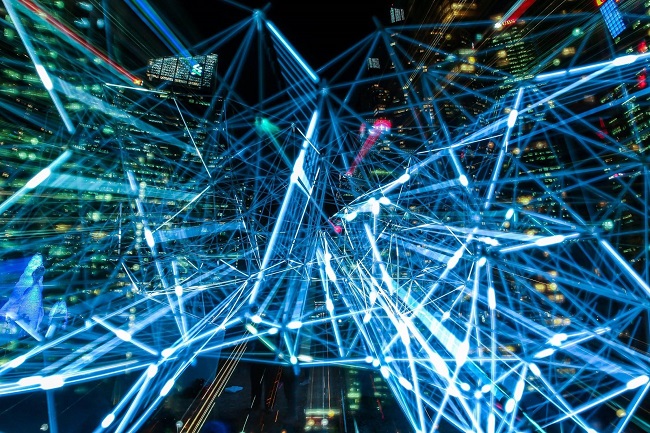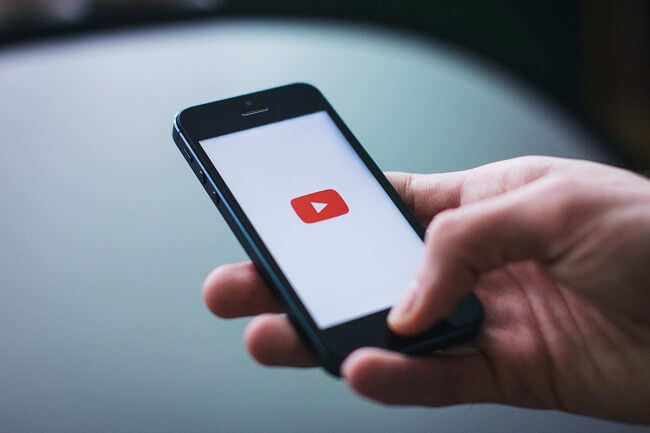Technological change can create shared progress and smarter solutions to the world’s biggest challenges. At the same time, its high speed poses a great risk to existing companies, leaving us with uncontrolled risks. Geopolitical turmoil, growing polarization, and the rising climate crisis add to this threat.
There is an urgent need for leaders to use the opportunity to direct technology and positive goals.
According to the data published in the Worldwide Digital Transformation 2022 forecast, prepared by the International Data Corporation (IDC), global spending on digital transformation in 2022 will reach $1.8 trillion, an increase of 17.6% from 2021. Given these figures, the forecast for 2023 supports an increase in investment. and digital transformation technologies.
Emerging Tech Trends 2023
As 2023 nears, future technology predictions are continuing to emerge. Following consumer behaviors and habits, the digital era will evolve with it.
Businesses are relying on tech more and more as the years go on, below is a list of the most recent trends that will be taken on for years to come:
1. Using low or no code
By 2023, artificial intelligence (AI) will leave behind its technological legacy in favor of simple drag-and-drop, leading to codeless AI. Everyone uses computers today without understanding the programming basics of the operating system. Likewise, AI performance and solutions will work better without coders writing a single line of code. Its growing acceptance among ordinary people will allow many companies to take full advantage of AI-based intelligence and create better products.
2. Organized interactions like ChatGPT
One of the most popular systems coming up in the tech industry is ChatGPT. It has made waves in the world of automated chatbots with its groundbreaking GPT3 technology, an autoregressive language that gives AI “human-like abilities” to understand and produce text. In addition, with the help of deep learning,
ChatGPT can generate images from text prompts, solve mathematical equations, and provide many writing tasks from finding cute video titles to writing poems. Its creator, OpenAI, says the ChatGPT algorithm is trained to answer follow-up questions, detect errors based on responses, and challenge misconceptions.
3. Metaverse Marketing
Bloomberg 2021 research indicates that the metaverse market will reach a staggering $800 billion by 2024. Metaverse is a 3D virtual reality simulation where people can interact through multiple platforms. Under the rule of Internet 3.0, advertisers will understand the endless marketing opportunities of this immersive experience, making it a focus on awareness and engagement.
4. Digital Immune Systems
The list of 2023 technology trends are not complete without the introduction of digital anti-theft systems (DIS). This process refers to all the processes involved in the design, automation, development, performance, and evaluation of the software. It aims to reduce business risk by removing system errors, threats, and vulnerabilities to improve the overall customer experience. The importance of DIS is in creating different aspects of the software system to effectively eliminate various threats. Gartner predicts that by 2025, companies deploying DIS will reduce customer downtime by approximately 80%.
5. Hyper-automation
A 2021 PRNewswire report estimated that the hyper-automation market is expected to reach $26.5 billion by 2028, while a Salesforce report predicts that at least 80% of companies worldwide are transitioning to hyper-automation to increase productivity and improve customer satisfaction.
6. Growth of green technology
In 2021 alone, climate technology startups raised nearly $40 billion to address the effects of climate change. From the conversion of large companies to their clean counterparts (electricity) to the production of renewable energy such as green hydrogen, green technology will dominate the entire world related to industry and innovation.
7. Data specification
Corporate data processing is an inevitable part of the innovations mentioned in the list of technological trends in 2023. The trend refers to the practice of transforming or transforming human work into technology and – importing data. It is the first step towards a data-driven society.
The large number of devices connected to the Internet of Things (IoT) means more data sources that enable better analysis of business strengths, weaknesses, threats, and opportunities. The data industry is becoming a profitable business model as its market will cross the $11 billion mark in 2022, according to Fittech.
What Brands Are Utilizing The Latest Technology Trends?
New tech is being developed as 2020 comes to end meaning that next year industries will see increased use of a combination of these trends. As for now, these two examples are showing their industries the benefits of tech use.
Retail: Retail brand Asos is using their app to provide an augmented reality for its users. The brand currently has over 100 products that can be viewed with AR, allowing customers to point their phones on an open wall, click a button, and have a model “virtually” appear in the space and walk around. This allows consumers to see what Asos’ products would look like if the consumers were in-person shopping for the products.
Healthcare: Healthcare company Lemonaid has created an app for consumers to help them schedule telehealth appointments. Once connected with a doctor, patients are able to chat virtually using the app as AI collects the person’s medical history while the call is in session meaning doctor’s have immediate access to all the relevant information. Cybersecurity is also used through this app as a way to protect patients from any of their personal information being accessed by hackers.
Conclusion
2023 is likely to see huge increases in digital and new tech usage. Industries will need to adapt if they want to better reach consumers, take better care of employees, gain more insightful information, and create better customer experiences that are likely to lead to sales. All industries are able to adapt, it’ll just be up to which businesses decide to prioritize these upcoming trends before they become common practices.
This blog post is Last updated on March 13th, 2023.




